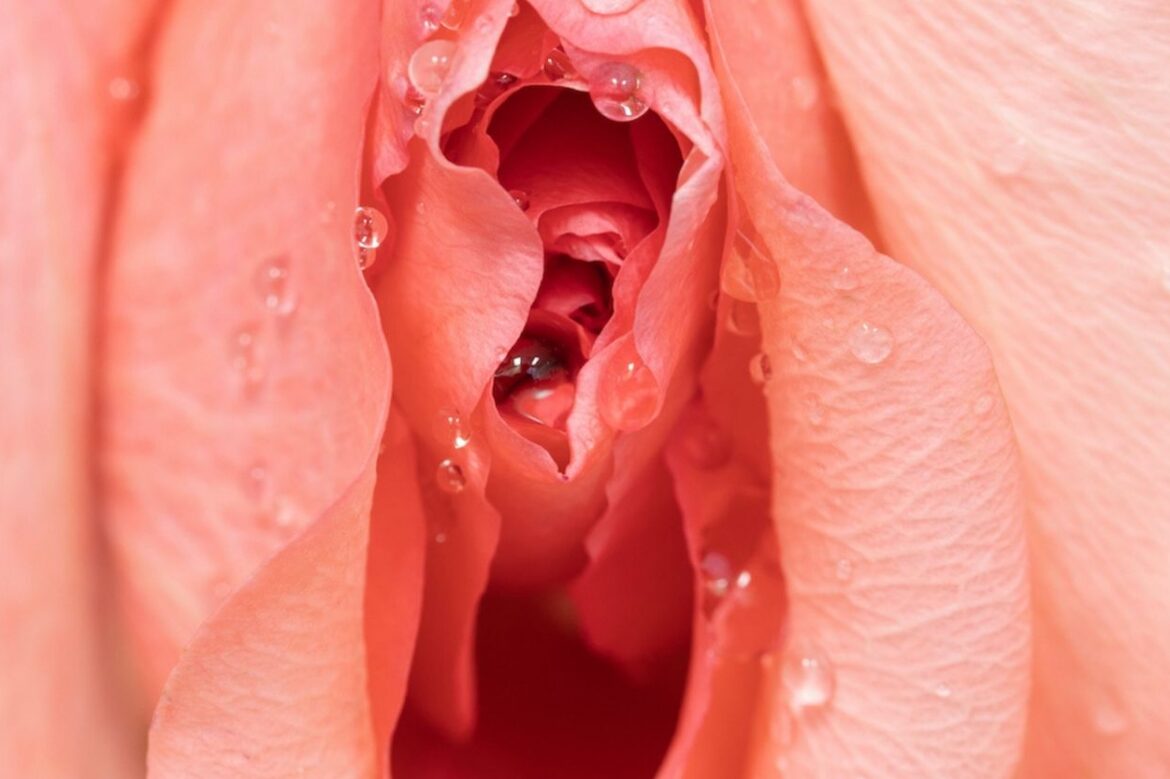
An essential guide to understanding vaginal health: what’s normal and when to seek help
Whether it’s dealing with another yeast infection, feeling like you constantly have UTIs, or trying to figure out what your discharge means, understanding vaginal health is really important. Here, Jenna Farmer chats to the experts to help you get the lowdown ‘down there’
Whatever you might have read online about vaginal steaming or douching (seriously, don’t do it!), your vagina is pretty clever at keeping itself healthy and clean all by itself. However, many of us find ourselves dealing with common health issues, which, while not usually serious, can be really uncomfortable. About 75% of us are thought to have had thrush – also called a yeast infection – at least once in our lifetime, and, by the age of 24, nearly one third of females will have had at least one episode of cystitis, which affects our bladder, but can also be linked to our vaginal bacteria – more on that in a moment.
These don’t just impact our physical health, but our mental health too. One study in the journal Frontiers in Endocrinology found psychological stress was significantly related to the prevalence of bacterial vaginosis, a common condition that causes unusual discharge. Topics like vaginal discharge and needing to urinate can also increase our anxiety, worry, and embarrassment about seeking help or speaking about these issues, meaning we might try to self-treat without talking to a professional. Another study from Saint Louis University, in Missouri, found that this can cause real problems, with up to three out of four women being found to treat themselves for a yeast infection that they didn’t actually have.
It’s important to remember that these are common, normal complaints. Here, we’re chatting to the experts to get their tips.
Vaginal discharge: what’s normal?
Everybody gets vaginal discharge, and it’s actually a really good sign that your body is working as it should. This discharge is your vagina’s way of naturally self-cleaning, and the type and quantity of discharge varies from person to person; some people notice it more at certain times of their menstrual cycle, while others may need to use pantyliners on a daily basis.
Nearly all types of discharge are perfectly normal, but if your discharge is accompanied by an unpleasant smell or a change in its colour and texture, it could be a sign of a yeast or bacterial infection. The main thing to watch out for is a ‘change’ – a sign that something is out of the ordinary for you personally.
How can you tackle yeast and bacterial infections?
Yeast infections, or thrush as we often call them, are really common – in fact, some of us may have the Candida bacteria which causes yeast infections, without any symptoms at all. If you notice your discharge is of a white, cottage-cheese like texture, along with vaginal itching or burning, chances are you’ll have a yeast infection, which can be caused by anything from being run down to your contraceptive.
“Fungal yeast infections happen when there is an overgrowth of a yeast-like fungus that naturally lives in the vagina,” explains Dr Ellie Rayner, obstetrician and gynaecologist, and founder of The Maternity Collective. “The fungi like warm, moist, and airless parts of the body, which is why the vagina is the most common site of the infection. An infection can occur when the natural balance of the vagina is upset, for example by a recent course of antibiotics, having diabetes, a weakened immune system, or being pregnant.”
Bacterial vaginosis is often diagnosed by a discharge that has a strong fishy smell. Like yeast infections, it isn’t serious, but does require treatment.
Can you prevent these common infections?
First of all, it could be worth considering taking a probiotic. “Maintaining beneficial bacteria levels knocks out the pathogenic yeasts, and can also keep them in check,” says nutritional therapist Sonal Shah. “Taking a high-strength probiotic with beneficial bacterial strains will help prevent yeast infections, and also the friendly yeast Saccharomyces boulardii.”
While antibiotics are usually the first line of defence with bacterial vaginosis, probiotics can also be useful if you find they keep coming back, as studies have shown both oral and vaginal probiotics may reduce the rate of recurrence.
Sonal also advises people to consider their sugar intake. “Cutting back on sugar – especially refined sugars – helps as sugar feeds more yeast and disrupts the gut biome.”
However, if you keep getting yeast infections, it’s time for a trip to your GP. “They will usually recommend sending a vaginal swab to the laboratory for further testing,” explains Dr Ellie Rayner. “They may also recommend other tests, such as a screen for sexually transmitted infections, or an ultrasound scan if your symptoms still persist.”
What’s vaginitis and how can we treat it?
Another common vaginal condition is vaginitis, which often accompanies things like thrush and hormonal changes. Vaginitis is the feeling of an itchy, sore vagina, vaginal dryness, and pain when urinating or having sex. Although vaginitis is not usually serious, because it has so many potential causes it is worth having a chat with your GP, who may be able to prescribe common treatments such as antifungals and vaginal moisturisers.
What’s up with UTIs?
UTIs – an infection in any part of the urinary tract – affect around 50% of women, and are a really common reason for visiting your GP. In fact, UTIs are the reason for more than 13% of the antibiotics GPs prescribe!
They’re usually caused by bacteria entering the bladder, and this is where our vaginal health comes in; this can happen from sex, or even the way we wipe after going to the toilet. Studies have shown that the bacteria in our vagina can also be the culprit for repeat UTIs. Plus, there are certain times in a woman’s life when they’re more susceptible to UTI, such as during pregnancy or menopause.
One potential treatment is D-mannose, a type of sugar which is thought to make it more difficult for that annoying bacteria to stick to your bladder. You won’t find this sugar in your average doughnut, but results from studies have been promising: one published in BMJ Open found that taking a D-mannose supplement for six months reduced further UTI incidences by 45%.
The classic cranberry might also help, but steer clear of the juice, says nutritional therapist Sonal Shah. “I would not recommend cranberry juice, as most contain added sugars. D-mannose is often found with a cranberry supplement to remedy UTIs like cystitis. Together, they help prevent bacteria like E coli from latching on to the bladder cell’s wall.”
We hope it’s reassuring to read that common infections are nothing to be embarrassed about. However, it’s always important not to second guess when it comes to your health, so make an appointment to chat with your GP if you think you could be experiencing any of the issues we’ve covered. Help is at hand.
To speak to a nutritionist or to find out more information about vaginal health, visit Nutritionist Resource.
